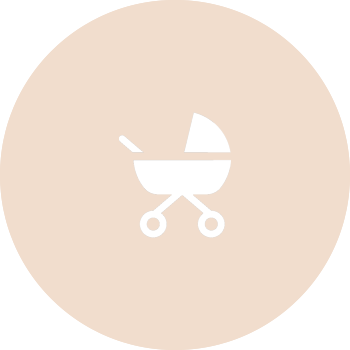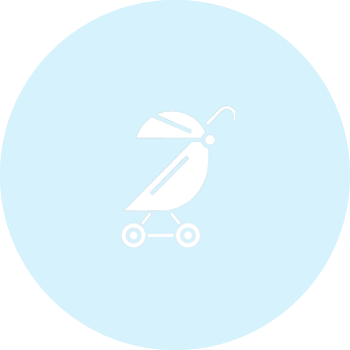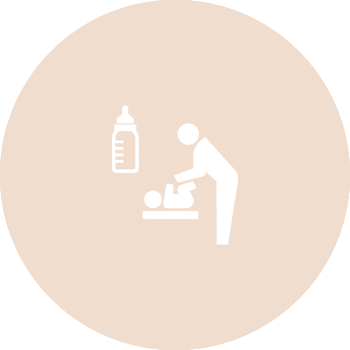At For Your Little One, we understand that choosing the right sleep environment for your baby is a big decision. Moses baskets are a popular choice, offering a cozy, portable, and convenient option for newborns. However, many parents wonder, "How long can my baby safely sleep in a Moses basket?" Here, we’ll cover everything you need to know about safely using a Moses basket, when to transition, and why it’s a great first bed for your little one.
What Is a Moses Basket?
A Moses basket is a small, woven basket designed specifically for newborns. With a soft mattress, high sides, and often handles, Moses baskets create a secure, snuggly environment that many babies find comforting. They're compact and easy to place beside your bed, making nighttime feeds and check-ins more convenient.
Benefits of a Moses Basket
- Portability: Lightweight and often with handles, a Moses basket is easy to move from room to room, so your baby can nap wherever you are.
- Space-saving: Moses baskets take up minimal space compared to cribs, making them ideal for smaller homes or apartments.
- Comforting environment: The cozy, enclosed space can help mimic the womb, which can be soothing for newborns.
Explore our range of wicker Moses baskets here to find the perfect fit for your little one.

How Long Can a Baby Sleep in a Moses Basket?
Moses baskets are designed for the early months and have a limited timeframe for use. Here’s a general guideline:
- Typically until 3-4 months: Most babies can comfortably sleep in a Moses basket until around 3-4 months old. By this time, many babies outgrow the basket or begin rolling over, indicating the need for a larger sleep space.
- Weight limit: Most Moses baskets, including those at For Your Little One, are suited for babies up to 15-20 pounds. Be sure to check the manufacturer’s guidelines for any specific weight limit.
- Rolling over: Safety experts recommend moving babies to a crib once they can roll over or push up on their hands and knees, which typically occurs between 3-5 months.
Signs It’s Time to Move Your Baby Out of the Moses Basket
- Size: If your baby’s head or feet are touching the ends of the basket, they may have outgrown it.
- Increased Activity: Babies who start to roll or are more active need a larger, safer sleeping space.
- Discomfort: If your baby seems uncomfortable or cramped, they may sleep better in a crib.
Transitioning from a Moses Basket to a Crib
Transitioning from a Moses basket to a crib can take a little time, but here are some tips to make it smoother:
- Start with Naps in the Crib: Begin using the crib for daytime naps to help your baby adjust.
- Use Familiar Bedding: Familiar blankets (used safely) and sheets can help make the crib feel like a comfortable extension of the Moses basket.
- Keep a Consistent Bedtime Routine: A calming, consistent routine will help reassure your baby during the transition.

Safety Tips for Using a Moses Basket
For a safe sleep environment in a Moses basket:
- Follow the weight and age guidelines provided by the manufacturer.
- Place the basket on a flat, stable surface and avoid elevated or unsteady surfaces.
- Keep the basket free of extra blankets, pillows, or toys for safe sleep.
- Monitor your baby closely as they start to roll or move around.
Final Thoughts
While a Moses basket is an excellent choice for your baby’s first months, it’s essential to recognize when it’s time to transition to a crib. At For Your Little One, we offer a wide range of beautifully crafted wicker Moses baskets designed to provide comfort and security for your baby’s early months. By following these safety tips and transition advice, you can ensure your little one enjoys restful sleep from day one.






